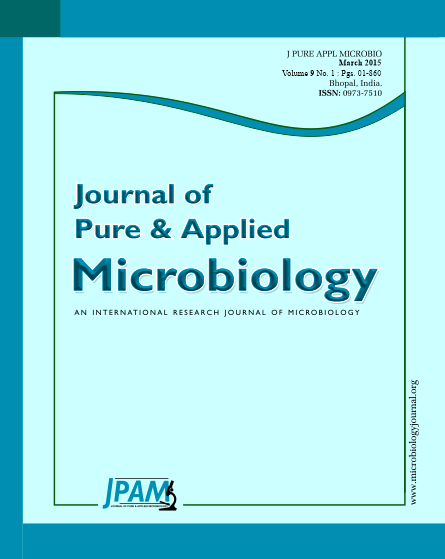Licorice is the most important herb used in the traditional Chinese (TCM) medicine. It was used to treat individuals with gastric or duodenal ulcers, bronchitis, cough, arthritis, adrenal insufficiency and allergies. The active substances and secondary metabolites from Licorice roots may be associated with a specific microbial agent. It is believed that many endophytic fungi from medically important plants can produce the same or similar secondary metabolites as the plant. Endophytic fungi are also thought to play an important role in plant communities by increasing fitness of the host plant. To clarify whether endophytic fungi are found in the licorice, fungi were isolated from Licorice root and characterized morphologically and using molecular identification. The morphological examination showed that the endophytic fungi from Licorice were Aspergillus and Chaetomium species. Further identification was achieved by sequence similarity comparison and phylogenetic analysis of the ITS regions. Results showed that strains L10L2 and L4 belong to Aspergillus species, L3 identified to Chaetomium. A neighbor-joining tree showed the relationships between the isolate’s sequence data and the closest identified relatives from GenBank. These fungi could have significance as a source of pharmaceutical natural products.
Aspergillus spp, Chaetomium spp, Gan-Cao, Glycyrrhiza spp
© The Author(s) 2015. Open Access. This article is distributed under the terms of the Creative Commons Attribution 4.0 International License which permits unrestricted use, sharing, distribution, and reproduction in any medium, provided you give appropriate credit to the original author(s) and the source, provide a link to the Creative Commons license, and indicate if changes were made.


